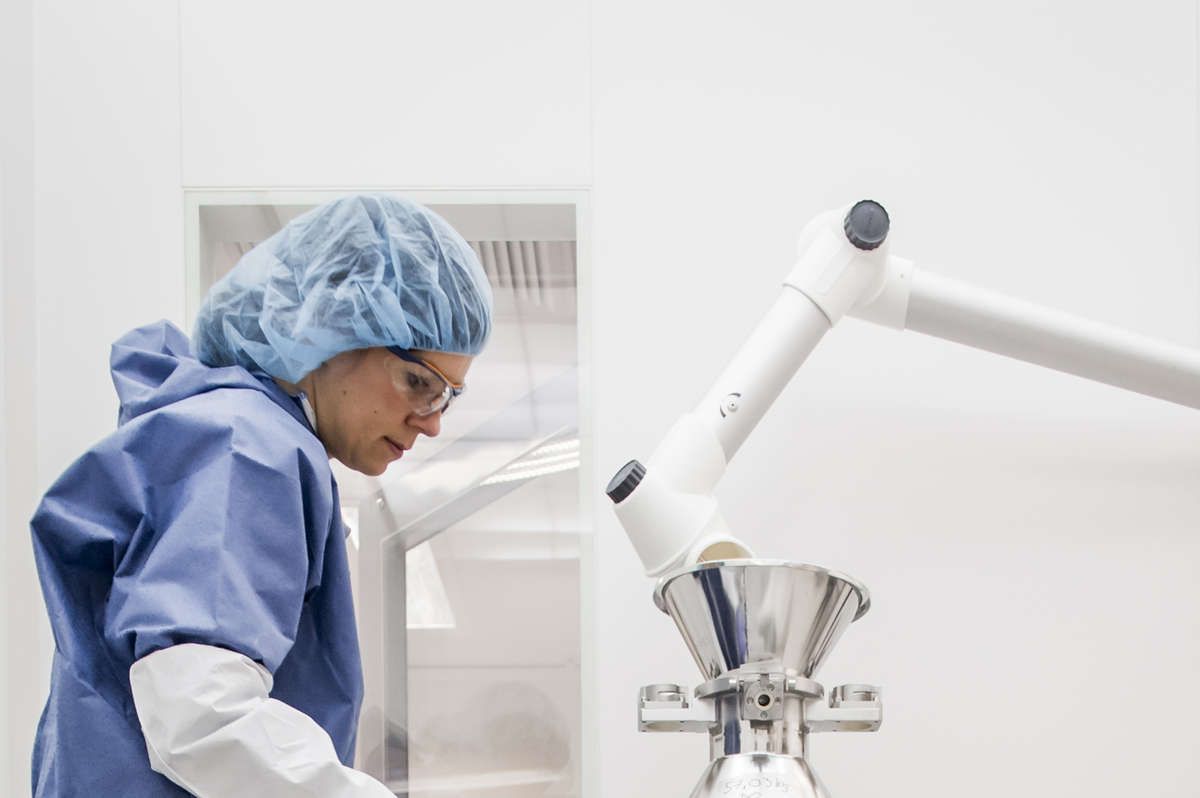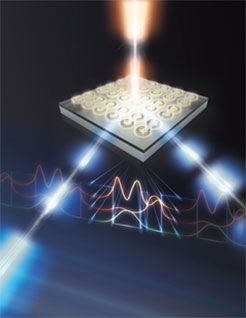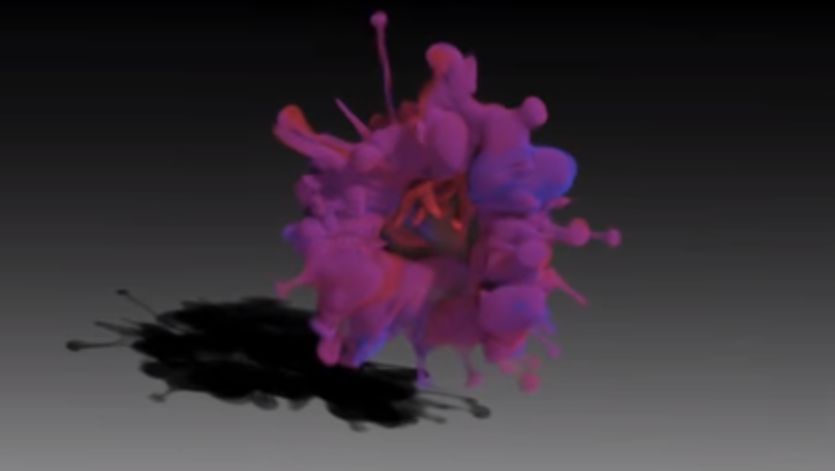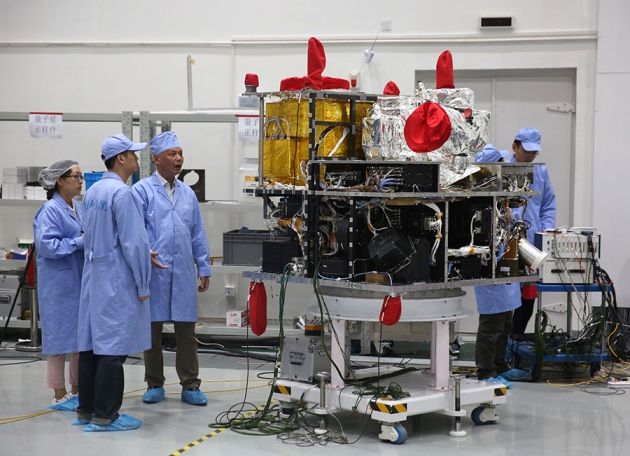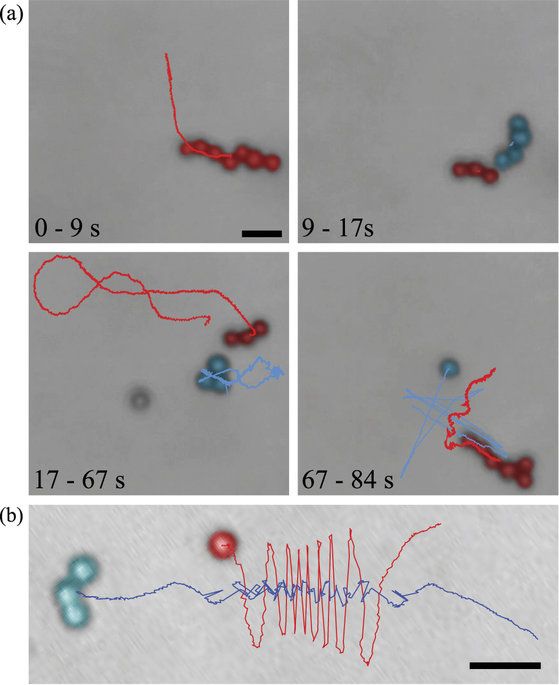Jul 28, 2016
U.S. wary on biotech advances; gene editing, CRISPR ‘raising urgency’
Posted by Karen Hurst in categories: bioengineering, biotech/medical, ethics
Hmmm.
We can rebuild him; we have the technology—but Americans question if we should in a new survey designed to assess attitudes to modern biotechnology advances.
A new report, based on a survey of 4,700 U.S. adults coming out of the Pew Research Center, looked at a range of views on certain advances in biology, with opinions split on the ethics and long-term problems associated with enhancing human capacity.
Continue reading “U.S. wary on biotech advances; gene editing, CRISPR ‘raising urgency’” »
